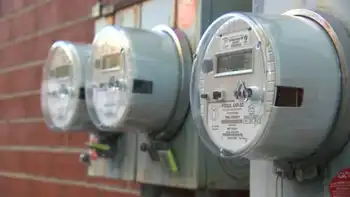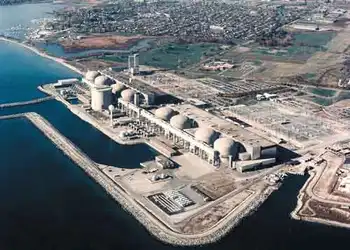Capturing an elusive gas
By New York Times
NFPA 70b Training - Electrical Maintenance
Our customized live online or in‑person group training can be delivered to your staff at your location.

- Live Online
- 12 hours Instructor-led
- Group Training Available
So there was much enthusiasm five years ago when the Bush administration said it would pursue “one of the boldest steps our nation has taken toward a pollution-free energy future” by building a commercial-scale coal-fire plant that would emit no carbon dioxide — the greenhouse gas that makes those plants major contributors to global warming.
That bold step forward stumbled. With the budget of the so-called FutureGen project having nearly doubled, to $1.8 billion, and the government responsible for more than 70 percent of the eventual bill, the administration completely revamped the project.
The Energy Department said it would pay for the gas-capturing technology, but industry would have to build and pay for the commercial plants that use the technology. Plans for the experimental plant were scratched.
Top Energy Department officials said the change would save taxpayers money, generate more electricity and capture more than twice as much carbon dioxide.
But independent energy experts largely criticized the move, saying it would require two to four more years for new designs, plans and approvals, let alone budget tussles and eventual construction.
The idea is to capture carbon dioxide emitted by coal-fire power plants and then pump it deep into the earth to avoid further buildup of the gas in the atmosphere. But several experts said the plan still lacked the scope to test various gas-separation technologies, coal varieties, and — most important — whether varied geological conditions can permanently hold carbon dioxide.
Coal companies are desperate for this option to work, given how much coal remains to be mined. Many climate scientists and environmental campaigners see it as vital. Steady growth in coal use by developing and industrialized countries is expected to extend well beyond 2030.
David G. Hawkins, an energy analyst at the Natural Resources Defense Council, said the new approach would have been a good move four years ago. “But to tout FutureGen for five years and then in the president’s last year pull the plug is just bait and switch,” he said.
Many experts say that neither the original plan nor the revamped effort, nor the few projects underway in other countries, are sufficient to set the stage for pumping tens of billions of tons of compressed carbon dioxide into the earth or sea bed starting 10 or 20 years from now.
Vaclav Smil, an energy expert at the University of Manitoba, has estimated that capturing and burying just 10 percent of the carbon dioxide emitted over a year from coal-fire plants at current rates would require moving volumes of compressed carbon dioxide greater than the total annual flow of oil worldwide — a massive undertaking requiring decades and trillions of dollars. “Beware of the scale,” he stressed.
Ernest J. Moniz, under secretary of energy in the Clinton administration and an author of a report by M.I.T. on the future of coal, said that the new approach, while sensible in terms of financing, could still be far too little, too late.
“If we want sequestration of carbon dioxide at large scale to be a material player in climate in this half-century, it means starting now with these plants,” he said.











